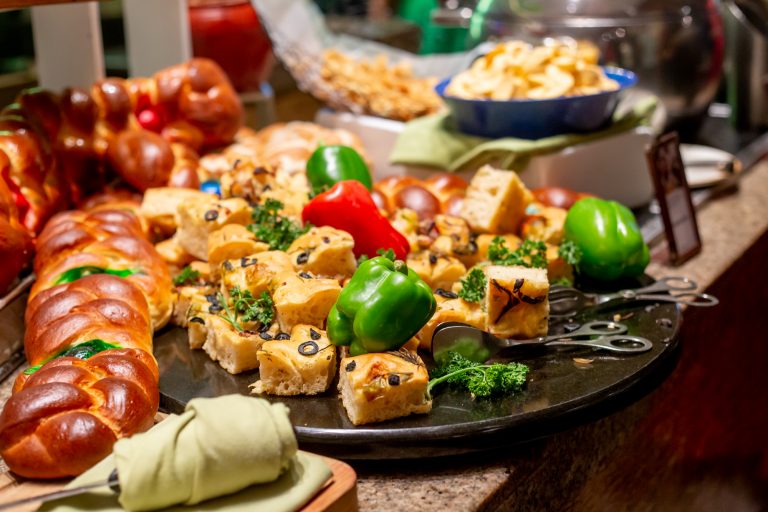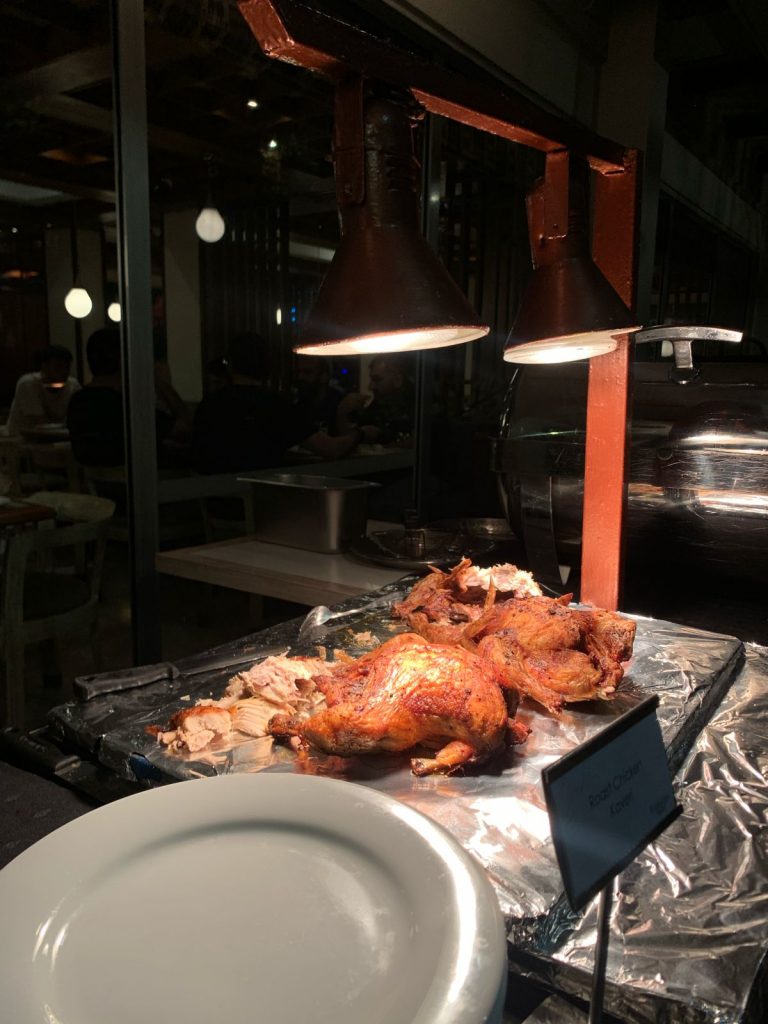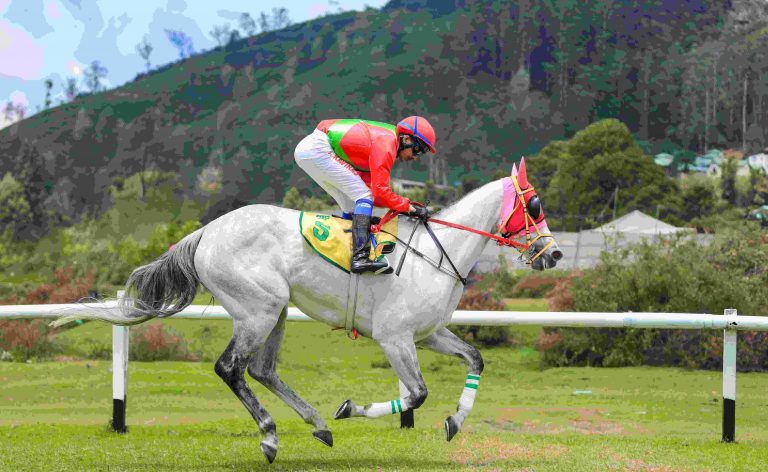"Api dakune"
If you have a friend, neighbor, or a cousin who's from down south, this is something you get to hear every once in a while.
Majority of the Lankan Southerners show pride. I mean, why shouldn't they? They've got some of the best beaches in Sri Lanka, picturesque streets that are aligned with a dash of old colonial charisma, and a whole lot of flavor loaded with delicious food, among so many other things. It's an incredibly touristy area in Sri Lanka that you should be proud to be a part of its rich tapestry.
The Southern province carries a bits and bobs of history, especially during the Portuguese, Dutch and British ruling. We can still see the imprints of this era through the old ramparts and buildings, and the stories behind them are quite interesting. So, if you're a true dakune porak, these stories shouldn't be unfamiliar to you.
Dutch Hospital – Galle
 Today it's a shopping complex with some of the best restaurants in Galle, and a bunch of shops, but back then, it was a hospital that treated the wounded soldiers who fought for the Dutch East India Company.
Today it's a shopping complex with some of the best restaurants in Galle, and a bunch of shops, but back then, it was a hospital that treated the wounded soldiers who fought for the Dutch East India Company.
During British rule it was developed, and turned into a barrack of the British army in 1850. For a time, it was used as an office which belonged to a British government officer.
Katuwana Fortress
Image Source: wikipedia.org
Featured here is a map of the Katuwana Fortress that was designed and built by the Dutch. It's a place that's naturally protected from Urubokka and Ratmale mountains, which is why it was chosen to serve as a fortress. But, it's not the Dutch who realized its value. The history records show that King Vijayabahu-I also used this place as a security perimeter.
Image Source: sundayobserver.lk
Amangalle Hotel
 Built inside the iconic Galle Fort, Amangalla Hotel is one of the many things that enhances the beauty of the Galle town, while adding a sprinkle of spirituality to it. Before it became under the management of Aman Resorts, it was known as the New Orient Hotel for 140 years from 1865.
Built inside the iconic Galle Fort, Amangalla Hotel is one of the many things that enhances the beauty of the Galle town, while adding a sprinkle of spirituality to it. Before it became under the management of Aman Resorts, it was known as the New Orient Hotel for 140 years from 1865.
Established in 1684, it was first used as the headquarters of the Dutch commanders and staff. When Sri Lanka came under British rule, they converted this place to a home/quarters for their soldiers.
As the years went by, it was given the name New Orient Hotel, which provided accommodation to European passengers who visited Sri Lanka through the Galle port. It became a heritage hotel in 2005 when it was acquired by the Aman Resorts.
National Museum of Galle
Image Source : wikipedia.org
National Maritime Archaeology Museum
Featuring a massive collection of boat models, maps, artillery and things found from ship-wrecks, the National Maritime Archaeology Museum is a must visit place in Galle. It was first opened to the public in 1992 and known as the first, ever maritime museum in Sri Lanka.
However, what we now see is more of a modified version of the original building. It barely survived the Tsunami that hit Sri Lanka in 2004. A bunch of maritime archeological artifacts was lost due to its impact while destroying the adjoining UNESCO Maritime Archaeology Unit in the premises, and a few exhibition floors. It was later funded by the Royal Government of Netherlands, and after 6 years of reconstruction, it was finally reopened to the public.
Anyway, the original building was fortified by the in Dutch 1671 and served as a warehouse for years.
Dutch Reformed Church (Galle)
 Also known as the Groote Kerk, Dutch Reformed Church is yet another establishment in Galle Fort, and it's still in use. Built under the observation of Abraham Anthony, who was the head of shipwrights and architects at the time, it was funded by Casparus de Jong, a wealthy merchant in Galle. It was his thanksgiving to God, for giving his family a beautiful baby daughter.
Also known as the Groote Kerk, Dutch Reformed Church is yet another establishment in Galle Fort, and it's still in use. Built under the observation of Abraham Anthony, who was the head of shipwrights and architects at the time, it was funded by Casparus de Jong, a wealthy merchant in Galle. It was his thanksgiving to God, for giving his family a beautiful baby daughter.
This church is built on the highest point of the Galle Fort, and its foundation takes the shape of a cross, hence called as the "Kurusa Palliya" as well. The burial ground of this church has been used to bury the staff who worked for the Dutch East India Company and their family members. However, the burial ground itself hasn't been used since the 1800s.
Established in 1752, the church went through a number of modifications during the British ruling, but you can still spot the electric organ that was placed here in 1760. It's said that the two tunnels that lie beneath this church have been closed down by the British.
Dutch Reformed Church (Matara)
Image Source: wikipedia.org
Image Credits : J.L.K.van Dort
Star Fort (Matara)
Image Source : wikipedia.org
Clan House
Image Source: wikipedia.org
If you've been around Church Street in Galle Fort, you must have seen this two-storied white stone building with the name Clan House engraved on it.
Constructed in 1847 by the John Black and Company, a British business group, it was headed by Mr. John Black, the first American commercial agent in Sri Lanka (back then Ceylon). His company was the coal and shipping agency for the Clan Line shipping company.
After the untimely death of John Black, the company continued to function under his wife Isabel's command until her passing in 1905.
The Clark Spence and Company (now known as Aitken Spence PLC) obtained this building in 1929, and it became the head office. As time went by, four other shipping companies were housed within these walls – Asiatic Steam Navigation Company Ltd, East Asiatic Company Ltd (Copenhagen), Royal Dutch Mail Lines and Ellerman and Bucknall Lines Ltd.
Galle Clock Tower
Image Source: wikipedia.org
Located inside the Galle Fort, it is believed that this is another construction by the Dutch. But, in fact, it was built a long time after the fortification of the Galle Fort. The construction of this clock tower began in 1882, and it replaced an old Dutch bell tower in the Galle Fort.
This is an iconic landmark in Galle town. It was constructed as an honor to Dr. P. D. Anthonisz, who was a popular burgher doctor, and the first Ceylonese to obtain M.R.C.P. and F.R.C.S. Mudaliyar Samson de Abrew Rajapakse in Kosgoda was a wealthy man and a frequent patient of Dr. Anthonisz, and he was receiving treatment for a long-term disease. However, thanks to the miracle hands of Dr. Anthonisz, this Mudaliyar was cured. The clock in this clock tower is a gift from the Mudaliyar himself, while the rest of the expenses of its construction were paid through subscriptions by the people of Galle.
This is just a handful of many historic stories that any Lankan Southerner would know. If you know more of them, please do let us know in the comments section.

















